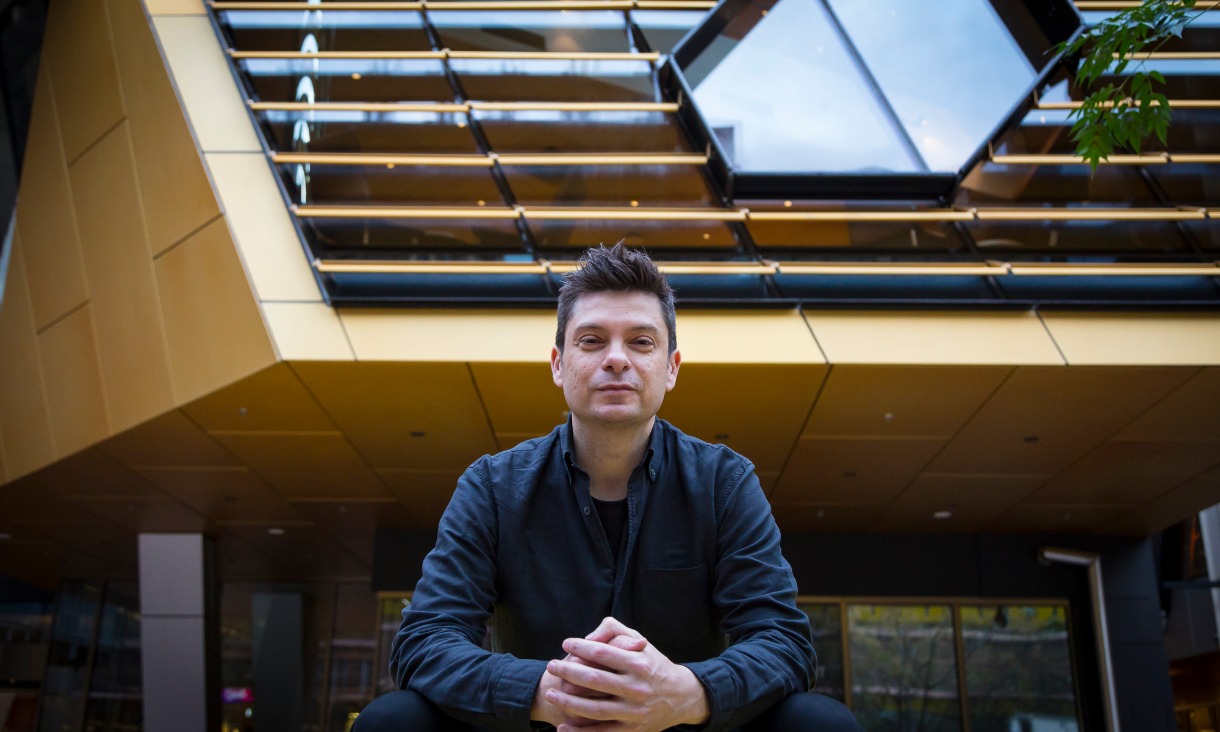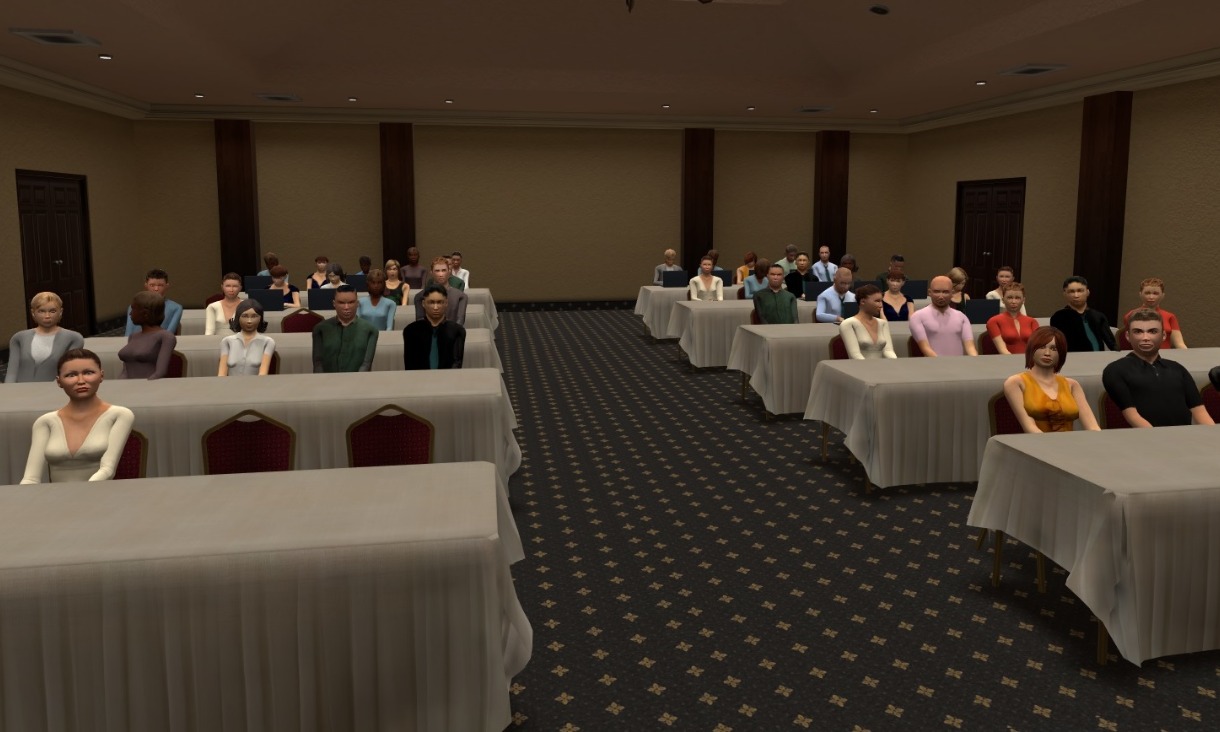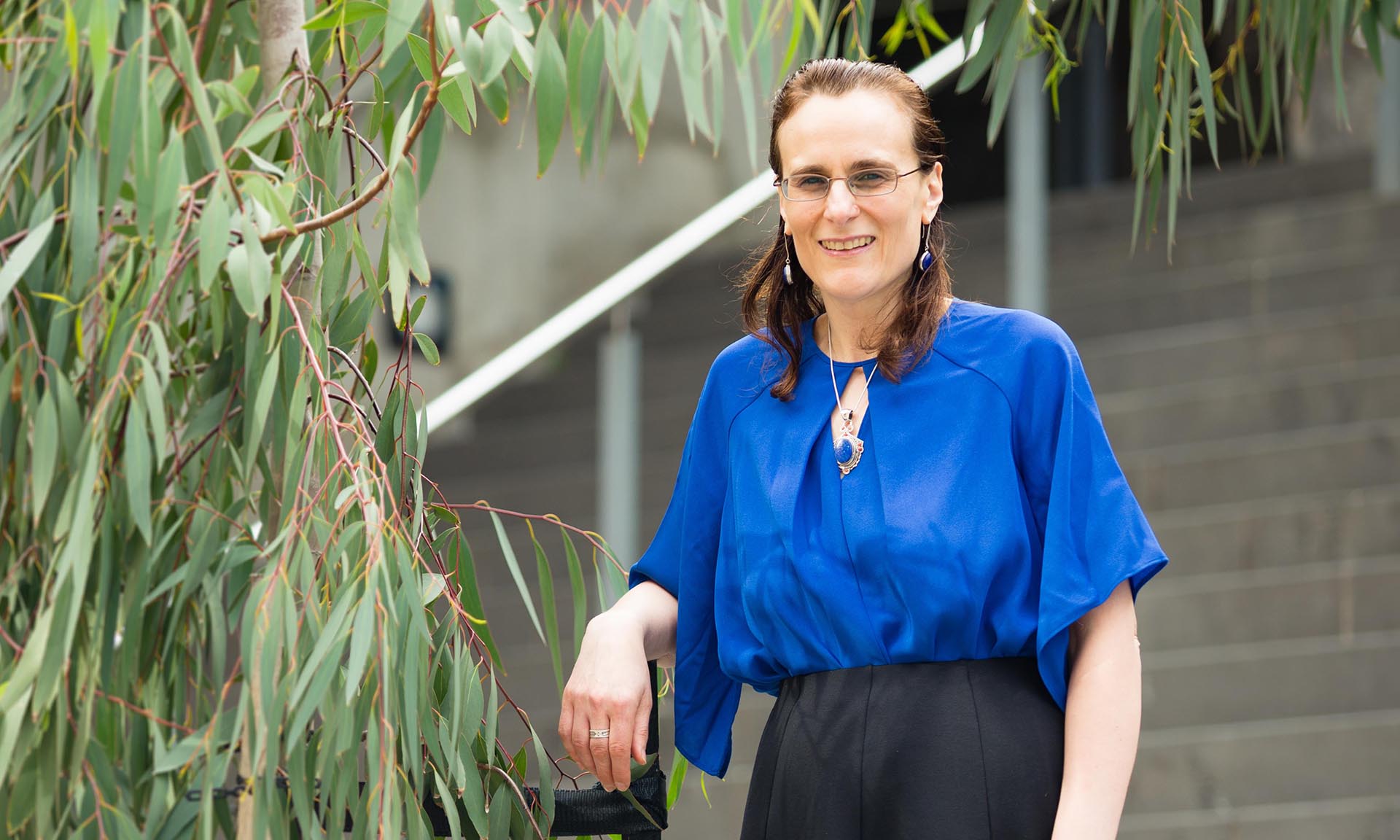Meet Sylvia Urban: expert in natural products chemistry
A childhood fascination with the natural world led Associate Professor Sylvia Urban on a journey to discover how the chemistry of life can benefit humanity.
RMIT research to unlock ’game-changing’ tech for Defence
Six new projects will help enhance Australia’s defence and national security, supported by more than $590,000 in Federal Government funding.
World’s first research centre on social science of blockchain
RMIT has established the RMIT Blockchain Innovation Hub to take advantage of the global blockchain revolution.
Studying cyber security is a safe bet for career progression
Choosing to change career wasn’t a risky decision for Hema Zmirak, as she knew that moving into cyber security is about as safe a bet as the name suggests.







